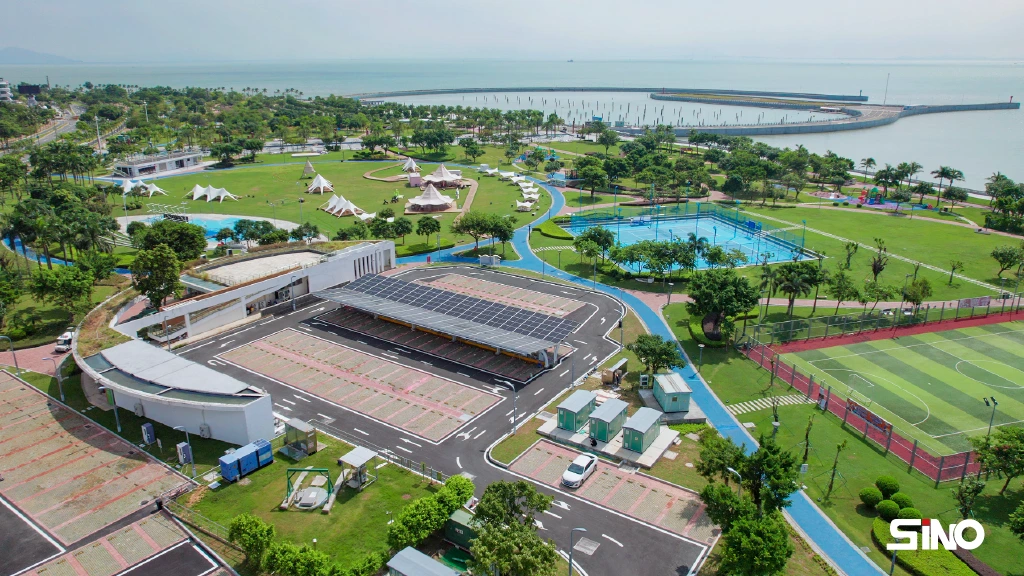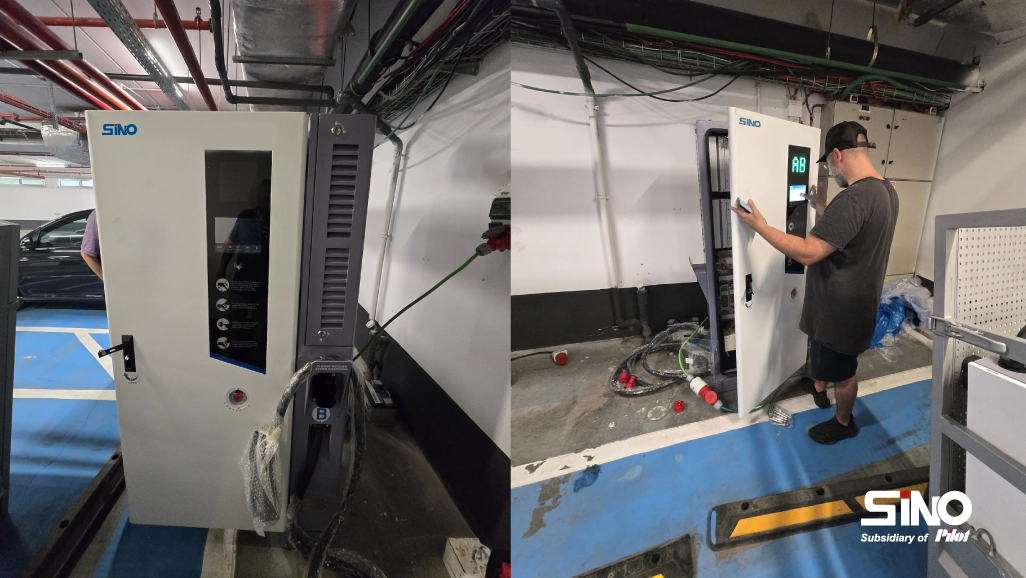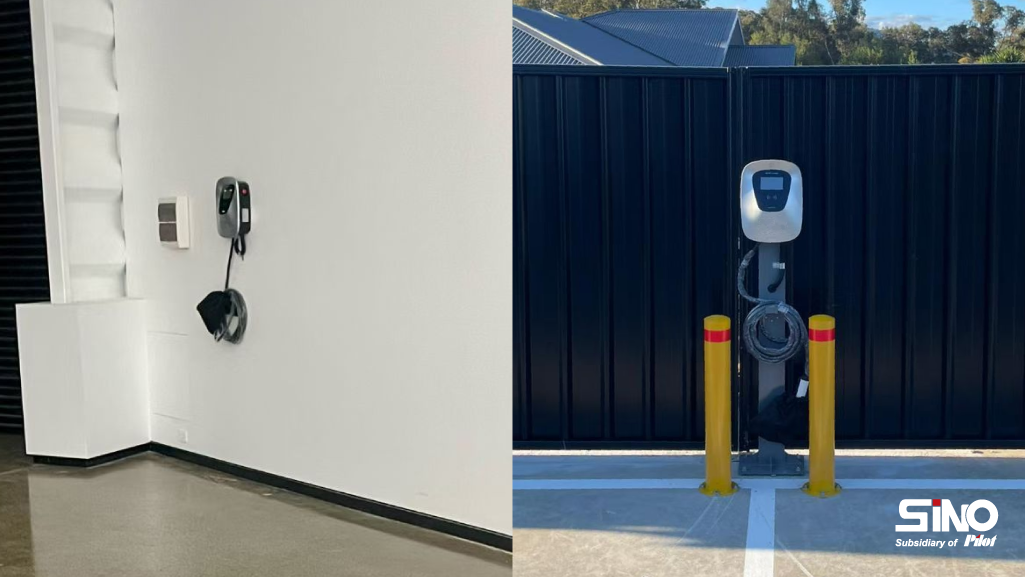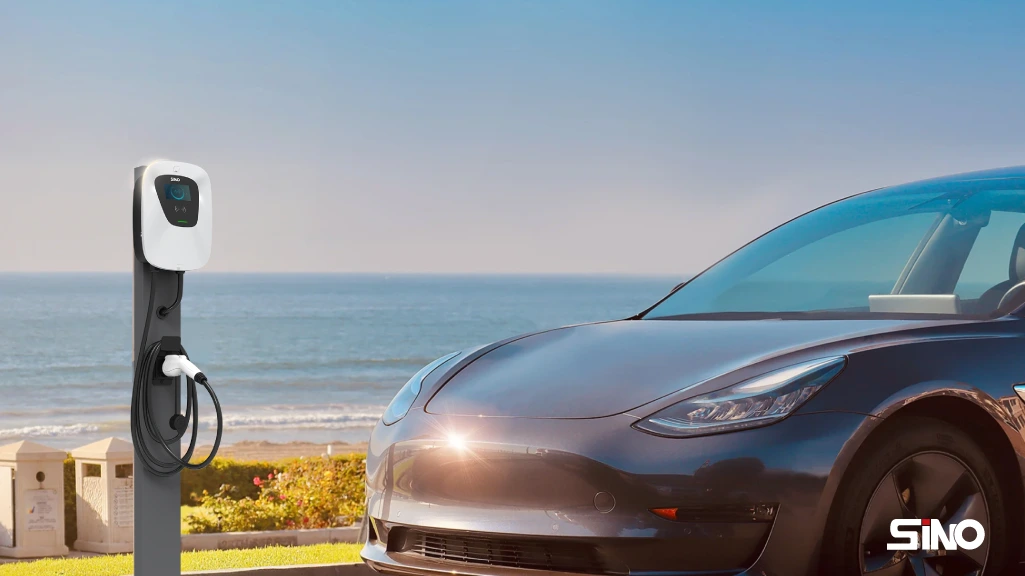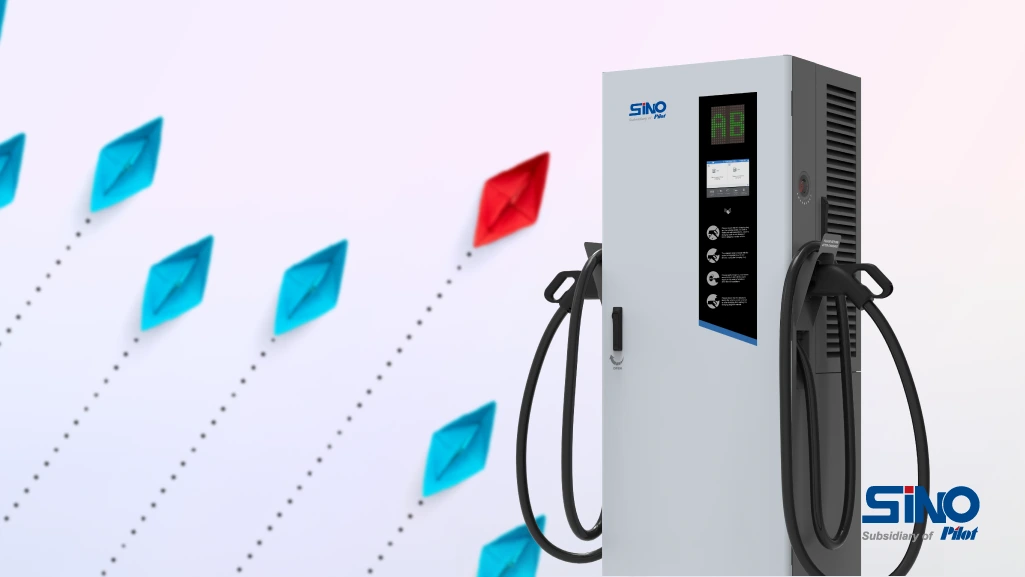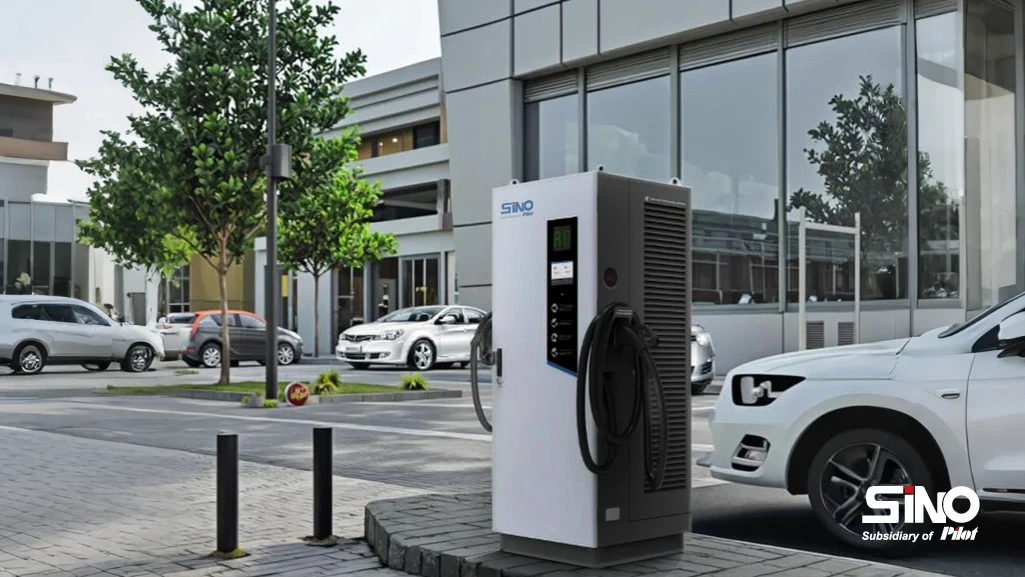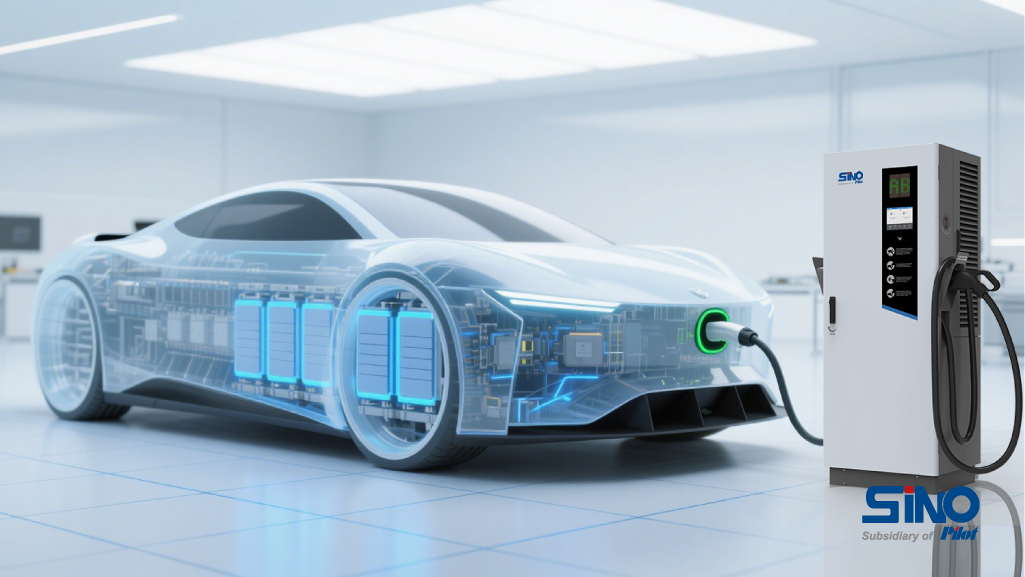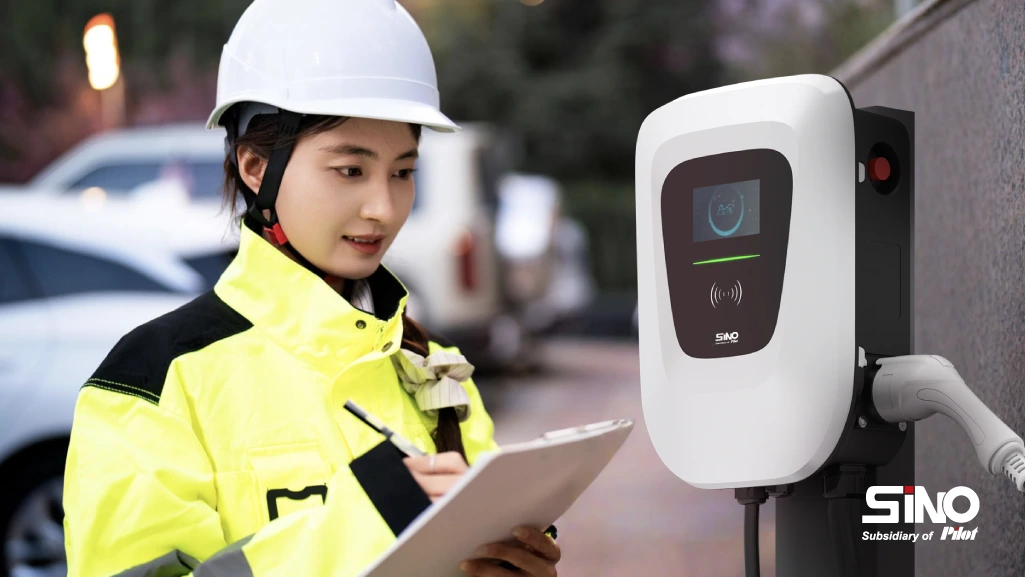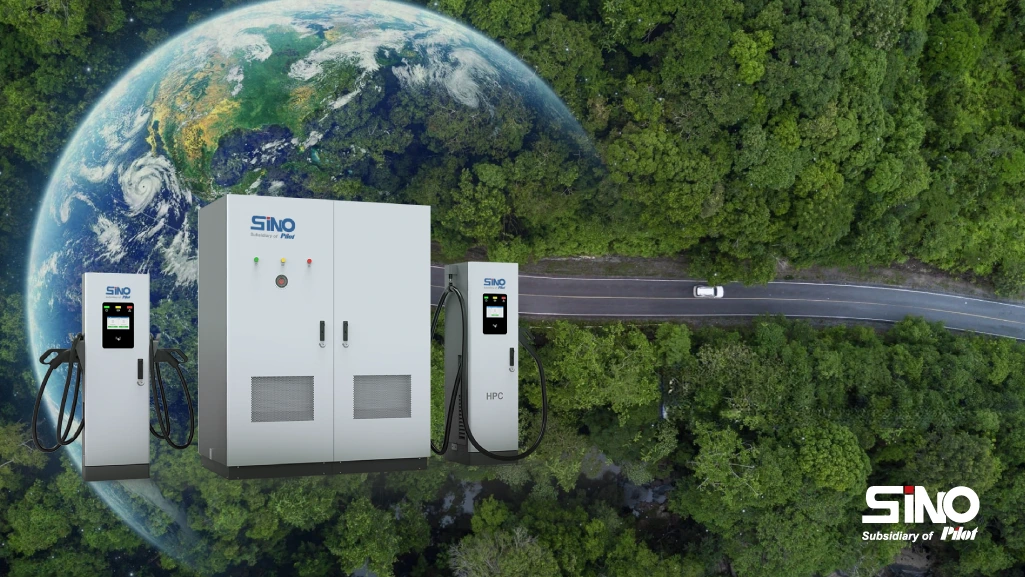If you own an electric vehicle (EV) , have you ever considered utilizing solar panels to charge your EV? Charging an EV with solar is a sustainable and cost-effective option, as it consumes fewer fossil fuels and requires less power from the grid. In this article, we will explore something about EV charging and solar.
Understanding Solar Energy and Solar Panels
Solar panels are made up of solar cells, which absorb sunlight. They use this sunlight to create direct current (DC) electricity through a process called “the photovoltaic effect.” Because most buildings don’t use DC electricity, devices called inverters then convert it to alternating current (AC) electricity, the form that your home can use. This is the electricity that ultimately saves you money on electric bills.
The inverter converts the electricity from DC to AC and sends it to an electrical panel, also known as a breaker box, for distribution to buildings to power electrical devices.
Any unused electricity is sent to the electricity grid through the utility meter, which measures the flow of electricity from the grid to the property and vice versa.

Some Factors to be Considered Before Installing Solar Panels for EV Charging
- The size of your EV battery.
- How much estimated daily sunlight your PV system will receive and what local weather patterns?
- The number of solar panels to power your EV charger.
- The installation cost.
- The time for the approval to install new solar panels.
- Whether you have enough rooftop space to install the solar panels you need;
- The cost of buying and installing a home charging system;
- Whether to install a battery storage system to store excess solar energy and charge your vehicle overnight;
- Whether you can receive government subsidies for installing solar panels, battery storage, or an EV charger.
Charge Your EV with Solar Energy
You can charge an EV with solar panels, but you need the right equipment. You can connect a solar PV panel system with an inverter to a regular EV charger, to charge the vehicle’s battery directly from solar power.
However, the amount of power a PV system generates depends on the time of year and the weather. On cloudy days or during winter when the days are shorter, you may need to supplement the power from the PV system with electricity from the grid to charge your EV to the level you require.
Larger EV batteries typically need more PV panels to supply enough power for charging, so if you are looking to install a PV system specifically for charging your car, you should consult a professional to ensure you install the right system for your needs.
Charge Your EV with Solar at Home
If you installed a home solar PV system, you can connect a Level 1 or a Level 2 EV charger to run off your home electricity supply. A solar thermal system uses sunlight to heat water or air. You can also connect the EV charger to your home solar installation directly.
Benefits of Charging an EV with Solar at Home
- The best thing anyone can hear about a potential purchase: This will save you money. Besides, people tend to seek ways to package their purchases to simplify and save. As soon as folks know that pairing solar and EV charging can save them money, they will likely be eager to simplify the installation.
- Solar eliminates the need for nonrenewable energies and helps bolster the sustainability initiatives at the heart of the EV industry. Both installers and drivers can feel great about their impact on the future of energy and vehicle travel. Once it is installed, the lifespan of a well-maintained PV system is at least 25-30 years, providing a long-term solution to reducing your energy bills and the cost of EV charging.
- With a home solar power system, you also have the convenience of charging your EV at home at any time of day or night, without having to drive to a public charging station.
EV Charging Stations Powered by Solar at Public
If you need to charge your vehicle away from home, you can still charge it with solar energy by using a solar-powered public EV charging station. These stations are typically located in public places like gas stations and parking lots, providing convenient access for drivers who do not have access to a home solar EV charging station.
Some charging stations have installed large solar canopies to shade vehicles from the elements while they charge. Solar canopies can also feed the clean electricity they generate back to the grid, further reducing their carbon footprint.
Public solar chargers also have the advantage of providing off-grid solutions to remote areas that may not be well-connected to the power grid, increasing EV adoption and promoting sustainable transportation options.
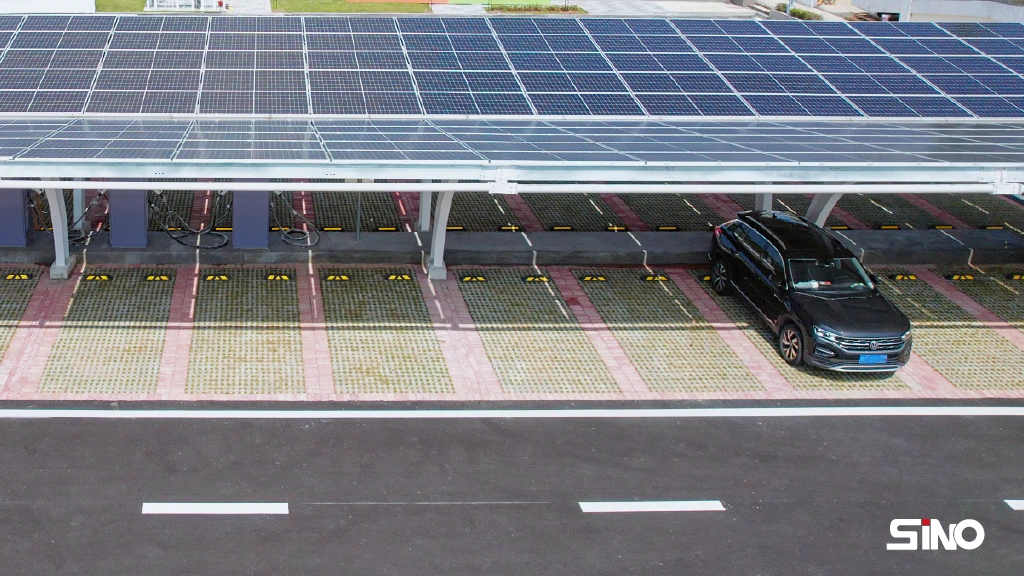
Several Factors affect the time for Charging an EV with Solar
- These include but are not limited to:
- The brand, make, and model of the vehicle
- The brand, level, and type of the charger
- The charging efficiency of the vehicle
- The size of the battery
- The battery level at the time of charging
- The power generated by the PV system
Still, the best time to charge an EV with solar panels is during peak sunlight hours, between the late morning and mid-afternoon. During peak sunlight hours, solar panels can perform at their highest efficiencies, producing more solar power to charge your EV.
There’s sustained growth in the renewable energy and electric transportation industries—it’s clear that charging EVs with solar panels has never been easier. So Probably it is time to make the switch and charge your EV with solar panels.
Our social:
Facebook: www.facebook.com/sinoevc
Instagram: www.instagram.com/sinoevc
Linkedin: www.linkedin.com/company/sinoevse
Youtube: www.youtube.com/@sinoevc
Twitter: www.twitter.com/sinoevc

“Better Charging for Better Life”
—ZHUHAI SINO ENERGY TECHNOLOGY CO., LTD.



